2025 Launches: All the Winners And Losers in India’s Car Market
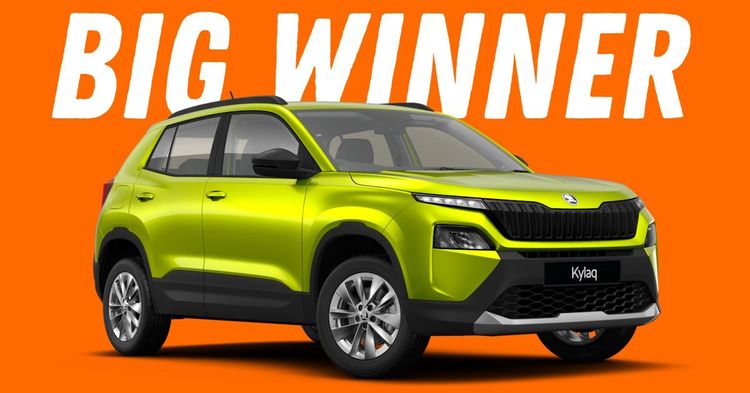

The year 2025 kicked off with a flurry of high-profile car launches in India, each aiming to carve its place in a rapidly evolving automotive landscape. From bold new EVs to compact SUVs promising mass appeal, the stage was set for a showdown. And now, with four months of sales data in hand, we finally have a clearer picture of which of these new entrants are living up to the hype—and which ones are struggling to take off.
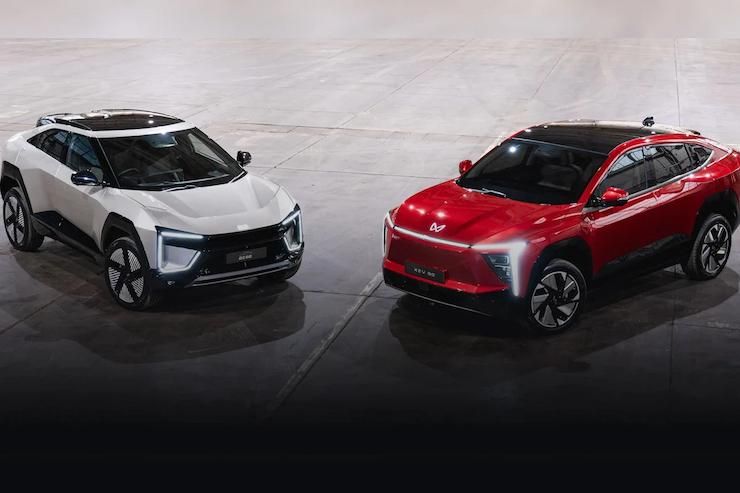
Automakers didn’t hold back. Kia rolled out the Syros, a compact SUV positioned to take on the likes of the Nexon and Venue. Skoda responded with the Kylaq, aimed at bringing volume and freshness to its India lineup. On the electric front, Mahindra finally began deliveries of its much-awaited BE.6 and XUV.e9, while Hyundai quietly entered the EV race with the Creta Electric.
With a mix of ICE and EV, mass-market and premium ambitions, these launches offer a fascinating case study in what Indian car buyers are—and aren't—biting into.
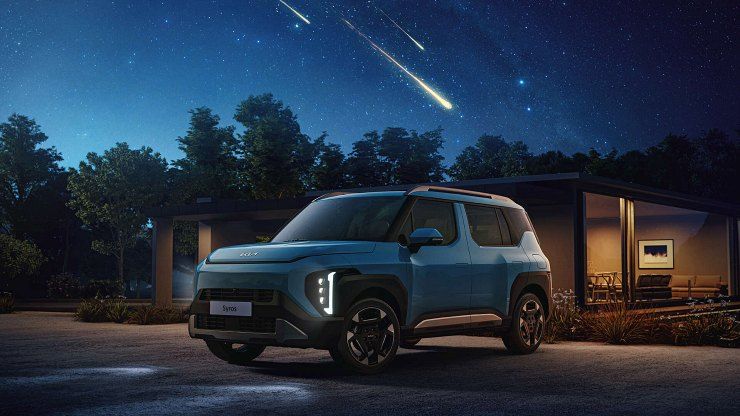
Kia’s Syros has been the standout performer among 2025’s new crop. It opened with 5,546 units in January, followed by 5,425 in February, and 5,015 in March. April saw a minor dip to 4,000 units, but that still brought the cumulative total to just under 20,000 units.
For a new nameplate, that’s impressive. The Syros has benefited from aggressive pricing, an extensive feature list, and Kia’s strong dealership and service network. Buyers seem to appreciate its familiar yet fresh design and balanced powertrain options. Even in April, when overall market momentum dipped slightly, the Syros held firm, emerging as a clear winner.
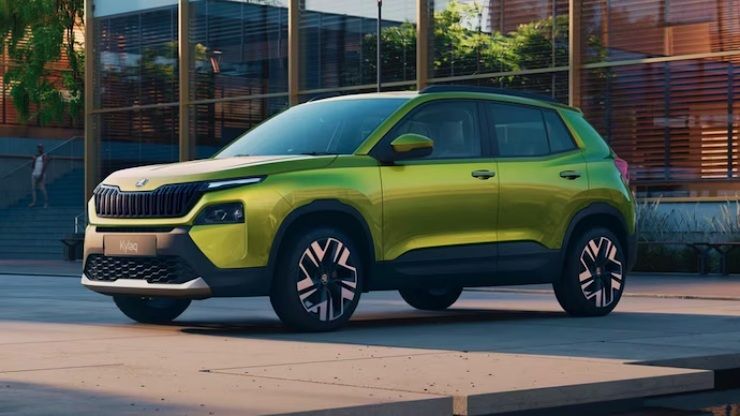
Launched in February, the Kylaq clocked 3,636 units in its debut month and 5,327 in March. Though April numbers are yet to be confirmed, Skoda reported its highest-ever monthly sales in India last month—and insiders credit the Kylaq for a big part of that.
This is a big deal for a brand like Skoda, which has typically struggled to breach the 5,000-unit mark in the past. The Kylaq’s success shows that with the right mix of features, design, and pricing, even relatively niche European players can shake up the volume game.
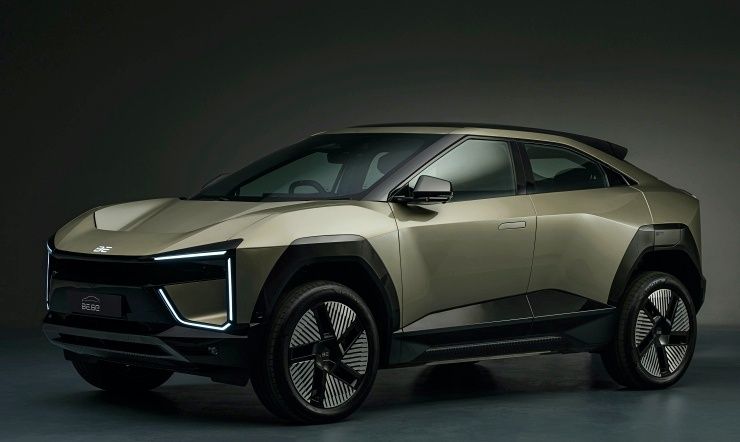
Mahindra’s electric push gathered steam with the BE.6 and the XUV.e9 finally hitting showrooms in late March. Initial data shows 934 units of the BE.6 and 2,080 units of the XUV.e9 were delivered in March alone. Combined with April deliveries, Mahindra claims over 3,000 units have already reached buyers.
That’s a promising start—but questions remain about sustained demand and production capacity. The BE.6’s radical design and cabin tech have drawn attention, while the XUV.e9 leans more toward traditional SUV buyers looking to go electric. As supply ramps up and feedback rolls in, the next few months will be crucial.
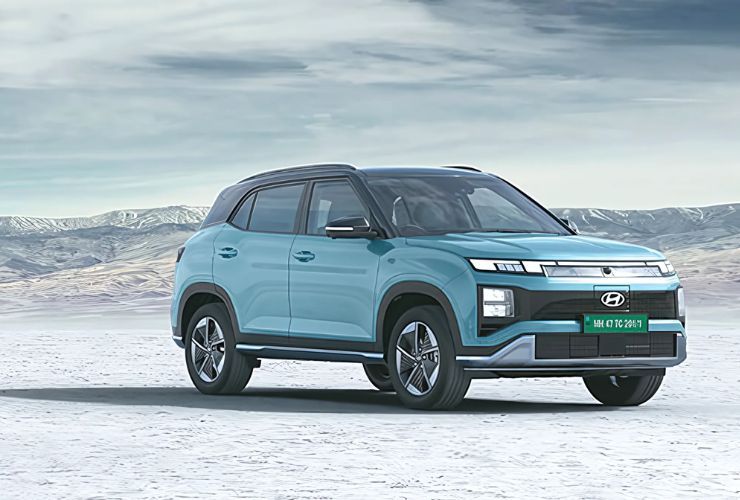
The Creta EV’s arrival hasn’t been as loud as expected. While Hyundai has yet to officially confirm sales figures, estimates suggest about 600 units were sold in March, with April numbers possibly similar. That’s not a poor start, but it pales in comparison to the ICE Creta, which regularly posts five-figure monthly numbers.
Part of the challenge is limited variant availability and pricing expectations. The Creta EV is well-packaged, but it may be playing a long game, waiting for wider variant/features rollout, and price corrections as competition builds.
If there’s one clear takeaway from these four months, it’s that Indian buyers are still reward-driven: value, practicality, and brand familiarity remain powerful levers. Kia’s Syros hit all three. Skoda’s Kylaq, with its premium appeal at a competitive price, found traction too. But in the EV space, things are more nuanced.
Mahindra’s EVs drew eyeballs but are still in the early adopter stage. Hyundai, despite its brand strength, is approaching the EV market cautiously. EV buyers today want compelling value, fast charging, and strong real-world range—all areas where competition will only intensify.
As we head into the middle of 2025, the performance of these new launches will help shape broader trends in the Indian market. Can the Syros maintain momentum? Will the Kylaq see long-term success or hit a saturation point? And can Mahindra and Hyundai scale up their EV operations to match demand?
These are early days—but in the fiercely competitive Indian car market, even four months can separate the winners from the rest.